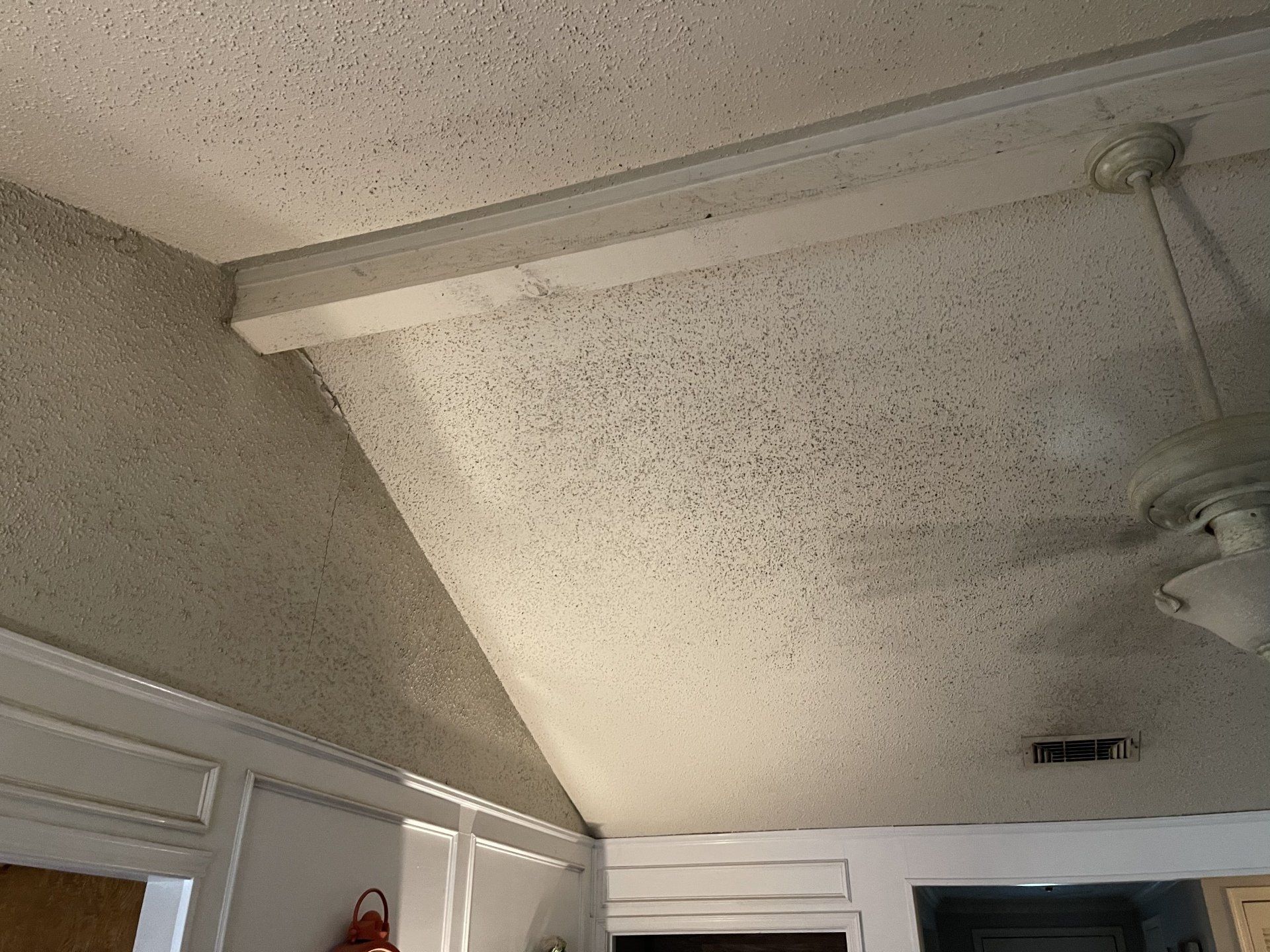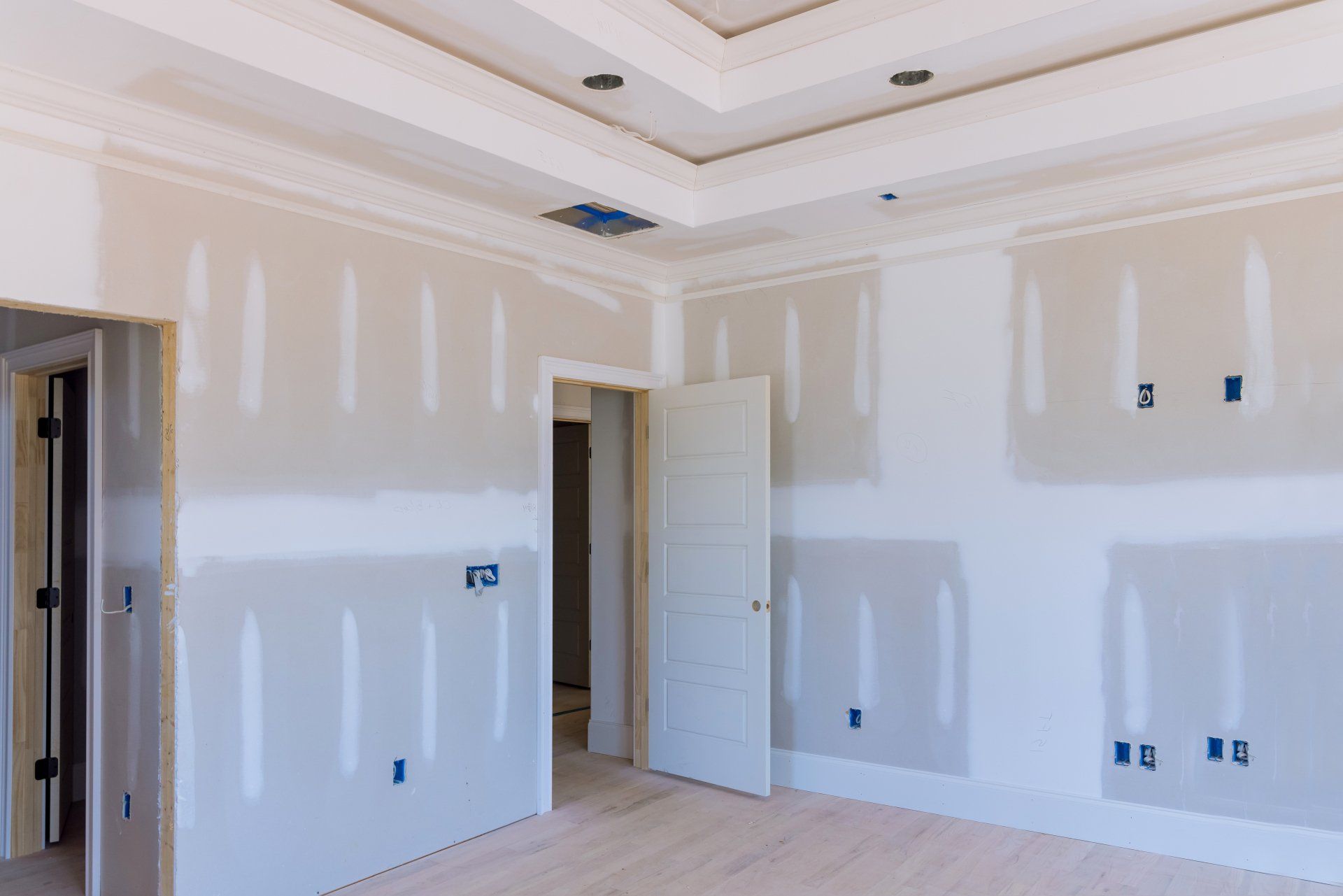The Role of Humidity and Temperature in Ceiling Cracks
"Unveiling the Invisible Culprits: How Humidity and Temperature Influence Ceiling Cracks"
Ceiling cracks, often an unwelcome sight in our homes, can occur for a variety of reasons. While structural issues and settling are common culprits, the role of environmental factors, such as humidity and temperature, in ceiling cracks cannot be underestimated. In this comprehensive guide, we will delve into the impact of humidity and temperature on ceiling cracks, the best ways to address them, and when to call in professionals for repair. Whether you're dealing with a crack in ceiling drywall due to water damage or seeking the best way to cover cracks in ceiling, understanding these factors is crucial to maintaining the integrity and aesthetics of your living space.

The Interplay Between Humidity and Ceiling Cracks
Excess Humidity and Moisture
High humidity levels can have a profound effect on the materials that make up your ceiling, particularly drywall. Excessive moisture can weaken drywall, causing it to soften and lose its structural integrity. In areas with consistently high humidity, such as bathrooms or poorly ventilated spaces, ceiling cracks are more likely to occur.
Contraction and Expansion
Humidity levels can fluctuate significantly throughout the year. As the air becomes more humid, materials like drywall can absorb moisture and expand. Conversely, during drier periods, these materials can contract. This constant expansion and contraction can stress the ceiling, leading to the formation of cracks.
Temperature Extremes and Their Impact
Cold Weather
In regions with cold winters, temperature extremes can affect the ceiling's structural integrity. When temperatures drop significantly, materials like drywall may contract, potentially leading to cracks. Additionally, condensation can form on ceilings in cold weather, especially if there is inadequate insulation, which can contribute to water damage and crack formation.
Hot Weather
Conversely, hot weather can cause materials to expand. Prolonged exposure to high temperatures, especially in unventilated attics or spaces under the roof, can cause ceiling materials to expand beyond their normal limits. When the temperature returns to normal, these materials may contract, potentially resulting in cracks.
Addressing Ceiling Cracks: Best Practices
Crack Repair
When dealing with ceiling cracks, the first step is to assess the severity. Hairline cracks may only require cosmetic repairs, such as filling and repainting. However, larger or structural cracks may necessitate more extensive repair work, including reinforcing the ceiling with additional
framing or drywall replacement.
Crack in Ceiling Drywall Repair
Crack in ceiling drywall repair involves assessing the extent of damage, applying appropriate patching materials, smoothing the surface, and finishing with paint to restore the ceiling's appearance and structural integrity.
Water Damage Remediation
Crack in
ceiling water damage refers to the harmful effects of moisture infiltration that can lead to the formation of cracks in ceiling drywall. It's crucial to address the underlying water issue and repair the damaged ceiling materials promptly to prevent further deterioration and potential mold growth.
Professional Assistance
For significant or structural cracks, it's advisable to consult with experienced professionals. Structural engineers or contractors can assess the extent of the damage and recommend appropriate repairs. Timely intervention can prevent further deterioration and ensure the long-term stability of your ceiling.
Best way to fix a Crack in Ceiling
The best way to fix a crack in the ceiling largely depends on the severity of the crack. For minor cracks, a simple and effective approach is to use a high-quality, flexible caulk or joint compound specifically designed for drywall repairs.
- Begin by cleaning the area around the crack and removing any loose debris.
- Apply the caulk or joint compound generously, ensuring it fills the crack completely.
- Smooth it out with a putty knife or a trowel, feathering the edges to create a seamless finish.
- Once it's dry, sand the repaired area gently and finish with a fresh coat of paint that matches your ceiling.
However, for larger or structural cracks, it's advisable to consult with a professional, as they may require more extensive repair techniques, such as adding additional drywall support or replacing damaged sections.
Covering Cracks in Ceiling: Aesthetic Solutions
Texture Matching
If you have repaired the crack but it remains slightly visible, consider matching the ceiling texture to help conceal it. Techniques like stucco, popcorn, or knockdown textures can create a uniform appearance.
Painting Solutions
Applying a fresh coat of paint can help hide minor cracks and imperfections. Opt for a color that matches or complements the existing ceiling to achieve the best results.
Ceiling Panels or Tiles
Installing ceiling panels or tiles is another way to cover ceiling cracks while adding a decorative element. These panels are available in various styles and materials, providing both functionality and aesthetics.
When to Call a Professional for Ceiling Cracks
Structural Concerns
If you suspect that the ceiling crack is due to structural issues, such as foundation problems or significant settling, it's crucial to consult with a structural engineer or contractor promptly. They can assess the situation and recommend appropriate measures to ensure the safety of your home.
Extensive Water Damage
When water damage has led to widespread or severe ceiling cracks, addressing the underlying issue and performing proper repairs may require the
expertise of professionals. Timely remediation can prevent further deterioration and mold growth.
Large or Expanding Cracks
If you notice that the ceiling crack is rapidly expanding or becoming more significant, it's a sign of an ongoing issue that should be addressed immediately. Professional intervention is essential to determine the cause and prevent further damage.
Conclusion
Ceiling cracks, whether caused by humidity, temperature fluctuations, or other factors, can be a source of concern for homeowners. Understanding the interplay between these environmental factors and ceiling cracks is essential for effective prevention and repair. While cosmetic solutions can help conceal minor cracks, addressing structural concerns or extensive damage requires professional expertise. By taking a proactive approach to
address ceiling cracks and their underlying causes, you can maintain the integrity and aesthetics of your living space while ensuring its long-term stability and safety.


